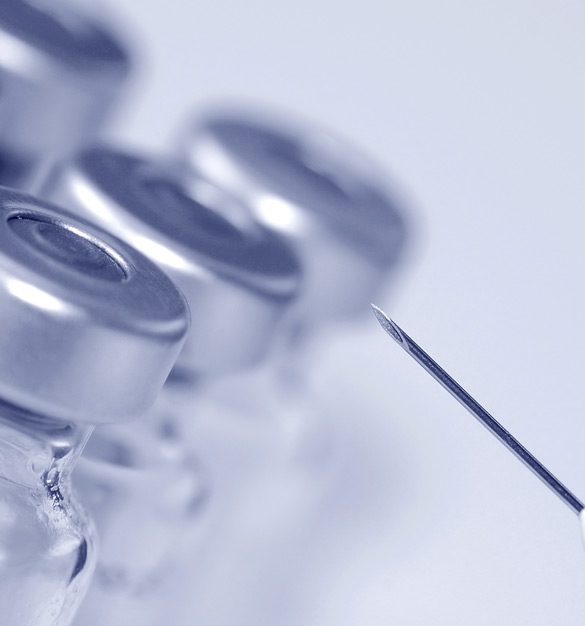Joints and soft tissues are susceptible to pain from stress, strain, or inflammation. The protective mechanisms cushioning joints may also be damaged from infection, injury, or age-related wear. Many patients respond well to traditional pain management options such as physical therapy exercises and oral anti-inflammatory and pain medications. When these treatments aren’t effectively easing pain, injections can be a safe, reliable, and direct method of providing meaningful relief.

Types of Knee, Shoulder, and Elbow Injections
Injections for knee, shoulder, or elbow pain can take many forms. Epidural steroid injections (ESIs) with hydrocortisone, methylprednisolone, or triamcinolone are the most common type of injection used for pain management and diagnostic purposes. Nerve block injections may also be used to prevent signals from traveling from the affected nerve to the part of the brain that interprets pain.
Who Needs Knee, Shoulder, and Elbow Injections?
Athletes tend to be the most susceptible to injuries affecting joints and muscles in the knees, shoulders, and elbows. Even so, anyone can sustain an injury from over-extension of soft tissues, a forceful impact, or conditions likely to contribute to inflammation such as diabetes, arthritis, and high blood pressure. Reducing this inflammation with an injection will allow the patient to maintain their normal movements without the pain that sometimes leads to prolonged inactivity and muscle weakening.
Preparing for and Receiving Knee, Shoulder, and Elbow Injections
The exact way the area is prepared for the injection will depend on where it will placed. The basic process, however, is the same regardless of location. The skin is cleaned at the injection site and the patient is place in a comfortable position to allow access to the affected area. A local anesthetic is included in the injection to ease discomfort from the shot. The needle is inserted into the affected joint space with the guidance of a special X-ray. In order to be effective, the medications in the injection must come in contact with the inflamed tissues or nerves. The amount of time required for the procedure will vary based on where it is being placed, but the average time is about 15-20 minutes.
What Knee, Shoulder, and Elbow Injections Do
Injections into parts of the knee, shoulder, or elbow may be used for diagnostic purposes. If a patient experiences relief after the injection, the injected area is likely the primary source of discomfort. If not, the actual source of pain is elsewhere. For the purpose of pain relief, the injections can ease inflammation and relieve pressure on adjacent nerve roots and joints.

Depending on the source of pain and the type of symptoms experienced, results from injections may last a few weeks or months or up to a year. Patients are often evaluated again before another injection is considered to determine if their condition has changed since the previous injection. Discomfort may return after an injection wears off since the actual source of the pain isn’t being treated. Although injections may make it easier for patients to perform muscle exercises to improve muscle strength, flexibility, posture, and coordination.
